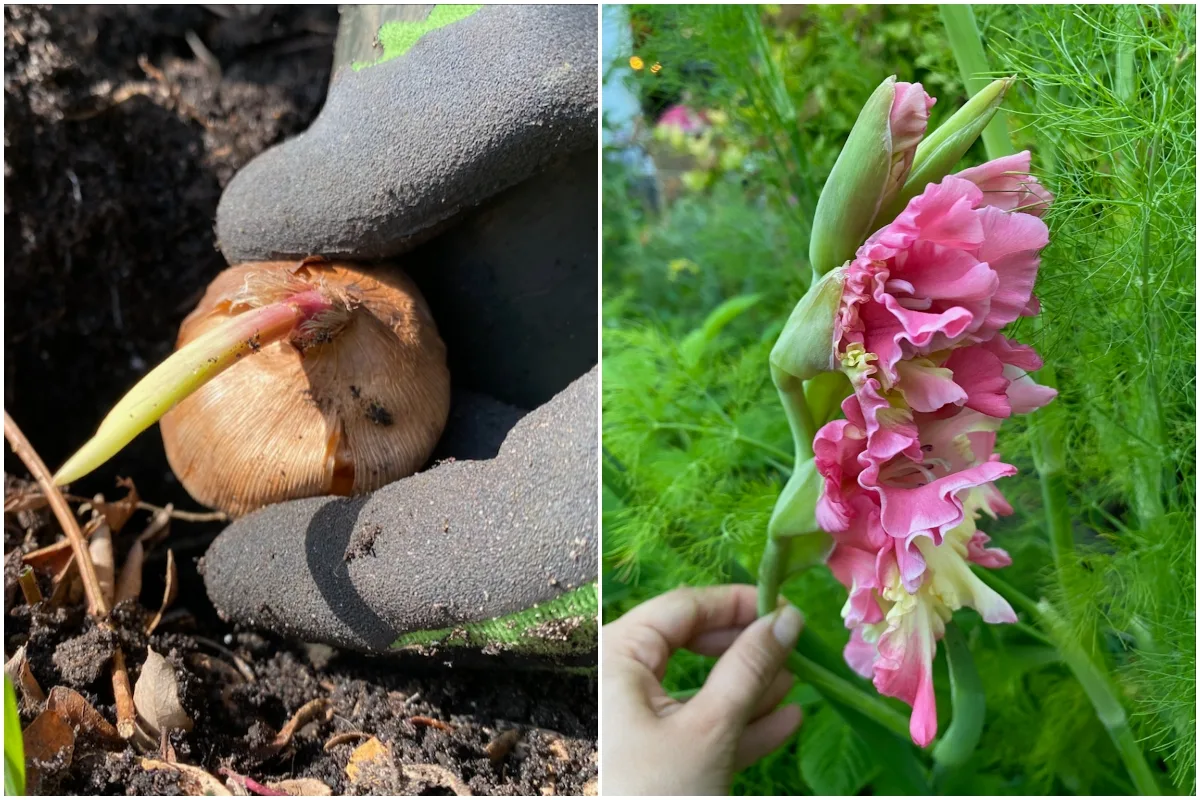
It’s already March and I have bulbs on my mind. And not just the spring bulbs that greet me every morning as I take my customary garden stroll, coffee mug in hand, to take in the fragrance of hyacinths and daffodils.
I’m talking about summer bulbs which, on cool March days, help me dream and scheme of a summer garden full of vibrant colors. If you’re also itching to plant summer bulbs this March, here are eight of my favorites to get you started right away.
1. Dahlias
I simply had to start with dahlias because, to me, they’re the quintessential summer blooms. They start blooming in June and can keep blooming until the first frost. Last year, I cut the last dahlia for my vase in November.
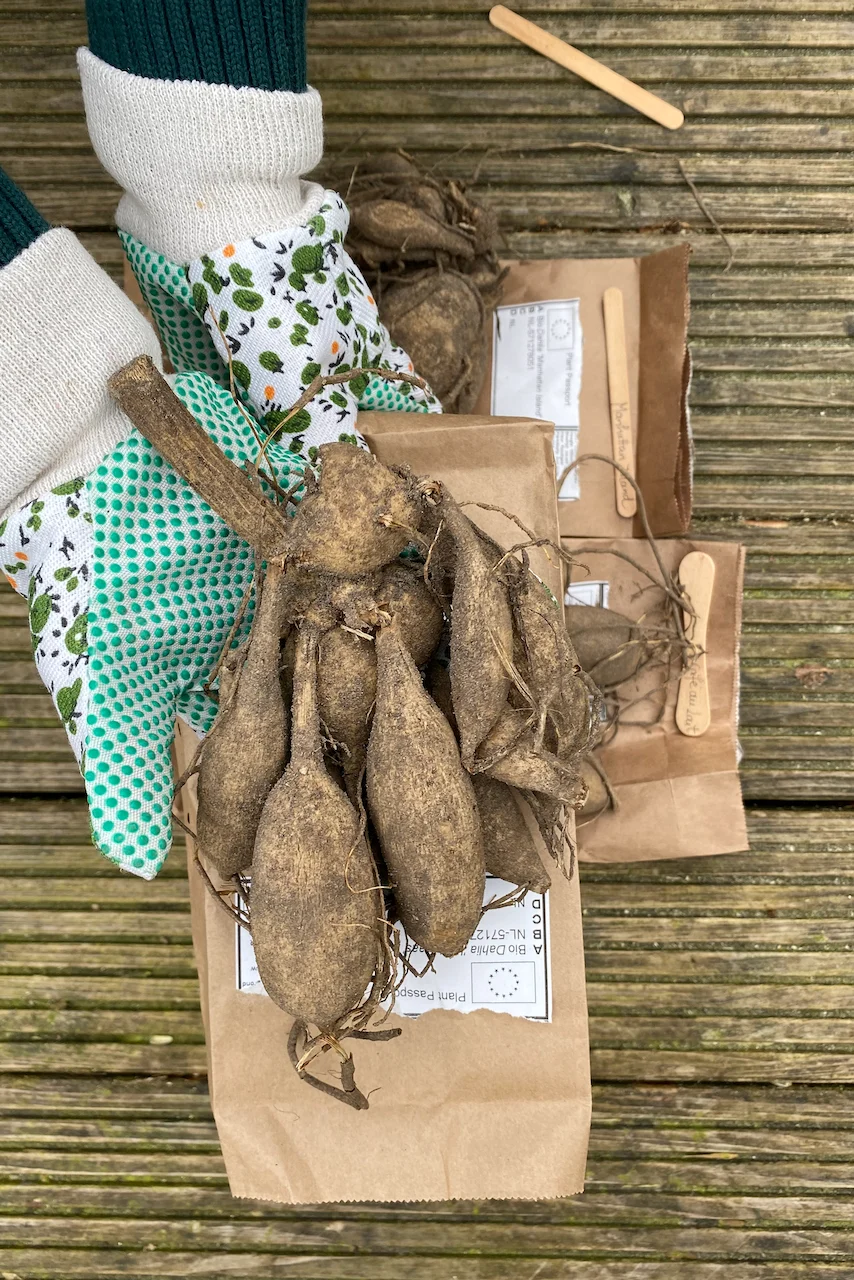
Dahlias grow from tender tubers, which means we have to plant them when the danger of frost has passed. Since I have a short growing season, I usually get a head start on my dahlias in pots, indoors. I then transplant them in the garden once the danger of freezing ground is lower.
If you’re planting large dahlia tubers (such as the gorgeous dinner plate varieties), you could get away with planting them straight in the ground about two weeks before the last frost. Smaller tubers might not fare so well, so it’s best to keep them in the greenhouse while they sprout.
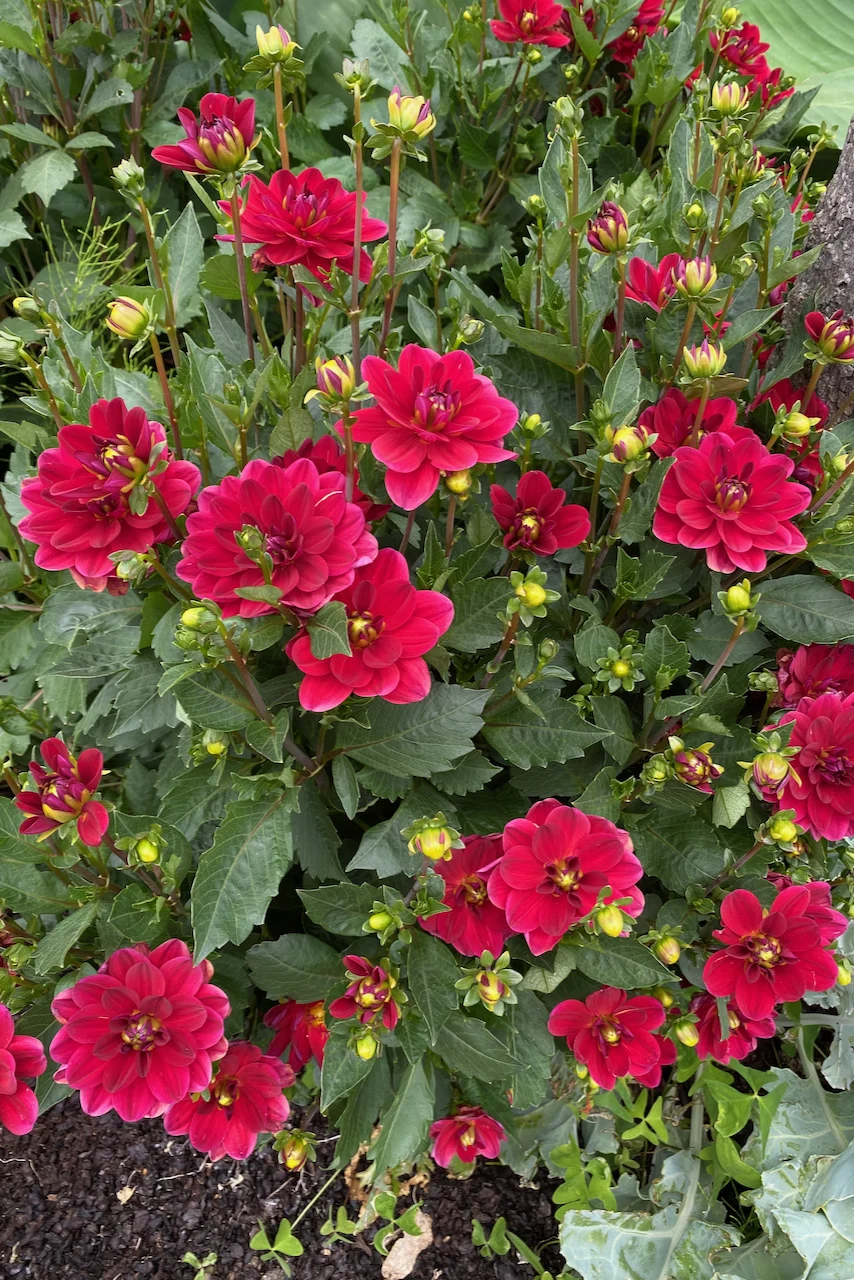
Plant dahlias about four to six inches deep, depending on the size of the tuber. Because they usually get top-heavy, you’ll need to plan on staking medium-sized and large dahlias. I find it easier to start adding the stakes either at planting time or as soon as I see the sprouts shooting out of the ground.
If you’re gardening in USDA zone 7 or colder, I would recommend you dig out your dahlia tubers in the fall and store them in a dark and frost-free spot until the following spring.
2. Gladioli
Gladioli corms are also tender bulbs in USDA zones 7 and colder. That means we usually have to start them in spring every year, once the danger of frost has passed. I take the same shortcut with gladioli as I do with dahlias. I start them in pots, then transplant them in the garden (in as sunny a spot as I can find) when the weather gets warmer in spring. They usually start blooming by mid-June.
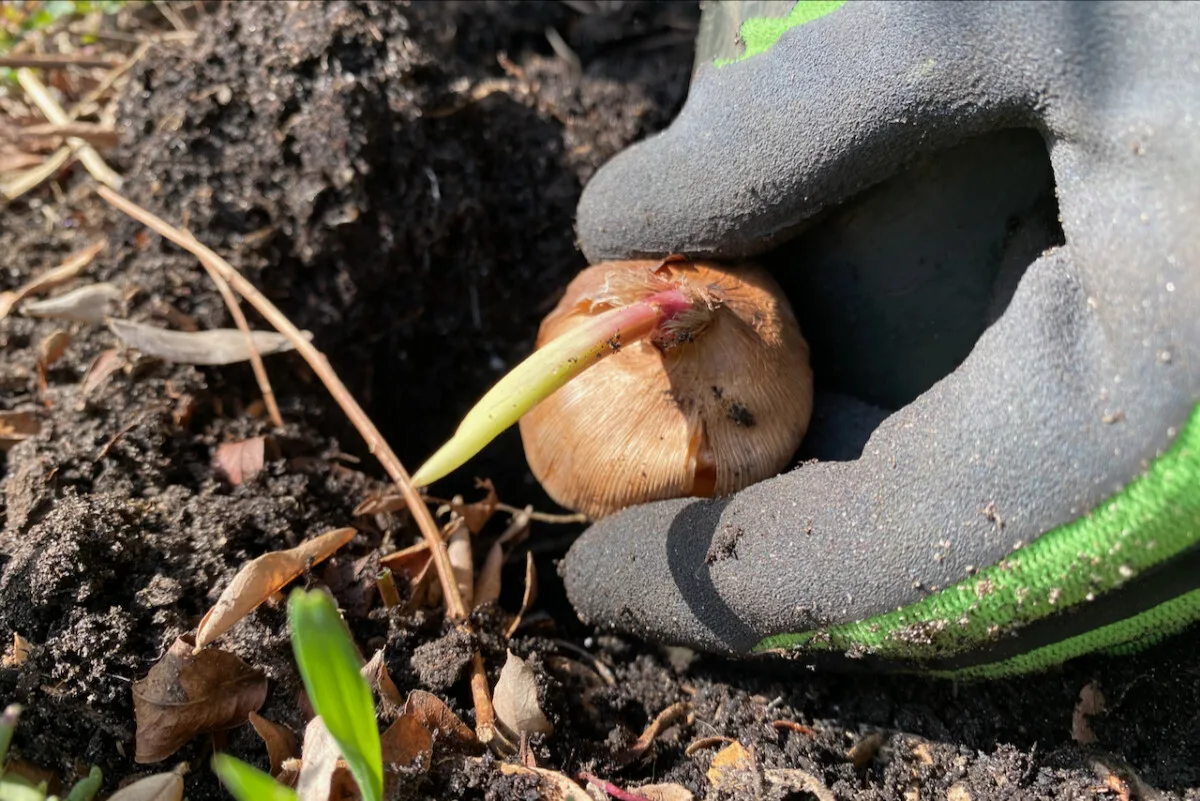
In my experience, my gladioli corms sprouted in the bag every year, way before I’ve had a chance to get them in the ground. That’s ok. They’re still viable bulbs as long as I plant them deep enough.
Because the spires of these gorgeous flowers are so large, I like to plant them in a mixed border together with other summer flowering perennials. I find that once the flowers are gone, the blade-like foliage blends in nicely with the surrounding border.
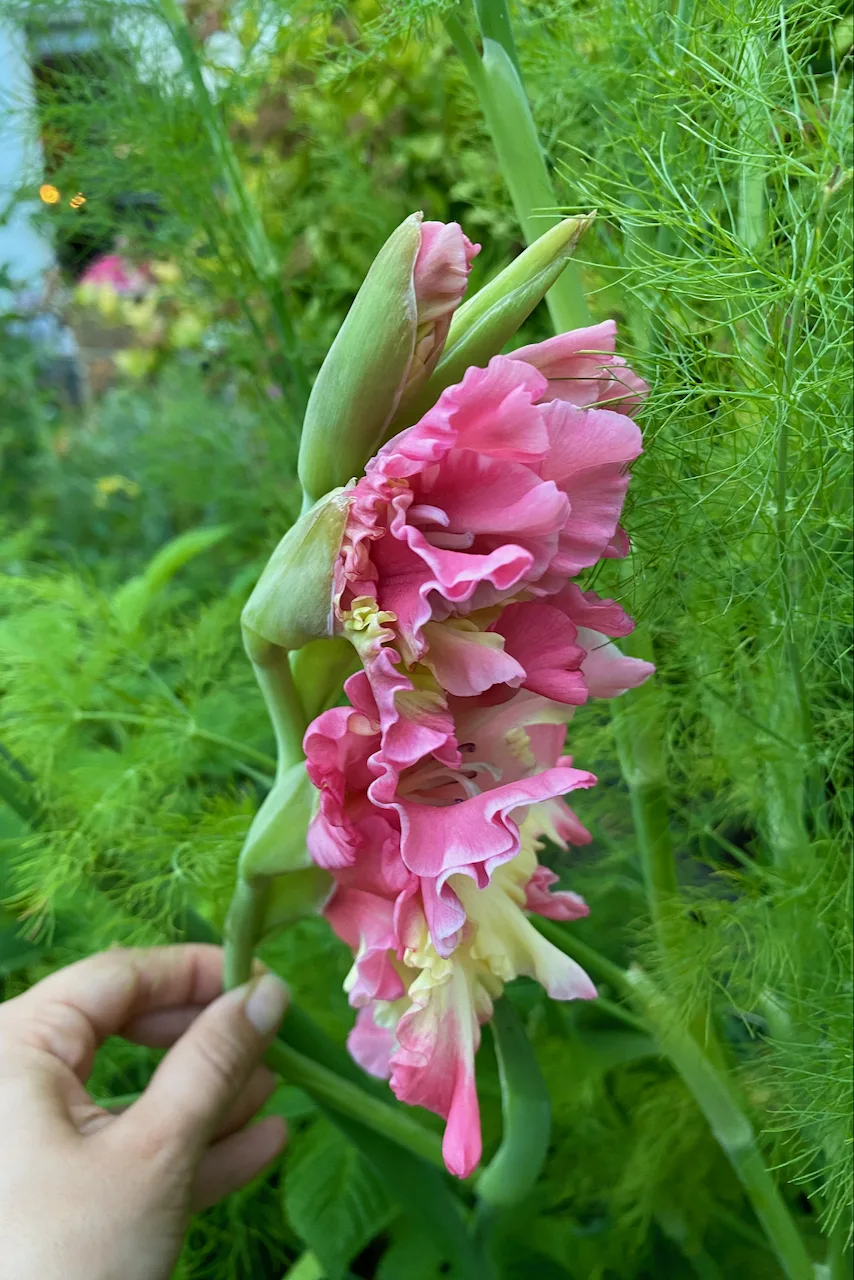
Gladioli can grow up to five feet tall, depending on the cultivar. So it’s better to plant them in the back of the border rather than at the front. They’re quite top-heavy once they bloom, so I either stake them or tuck them next to a fence or a trellis that they can lean on.
You can also grow gladioli as container plants if space is at a premium in your garden. In this case, look for miniature cultivars that max out at around two feet tall.
3. Crocosmia (Montbretia)
Finally, a bulb that’s not as fussy. I think crocosmia are more vigorous than the other bulbs on the list, since these bulbs are hardy up to USDA zone 6 (sometimes even zone 5 if you’re gardening in a milder microclimate).
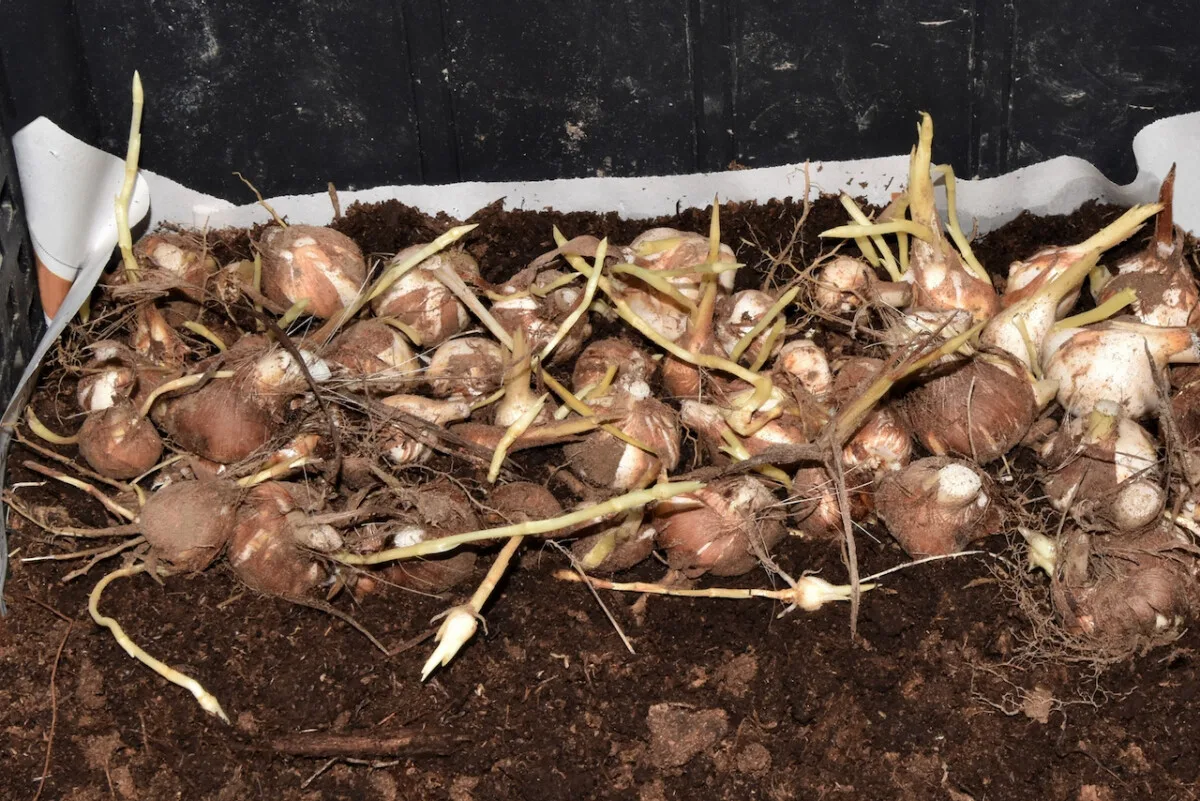
That means that we can plant them directly in the garden starting in March. Crocosmia prefers a spot with free-draining soil, but it can also do well in soils that have a bit more clay.
I still think amending the soil with fresh compost before planting summer bulbs is a good strategy. If the soil itself is nutritious enough, this saves me the bother of having to fertilize the plants in the summer.
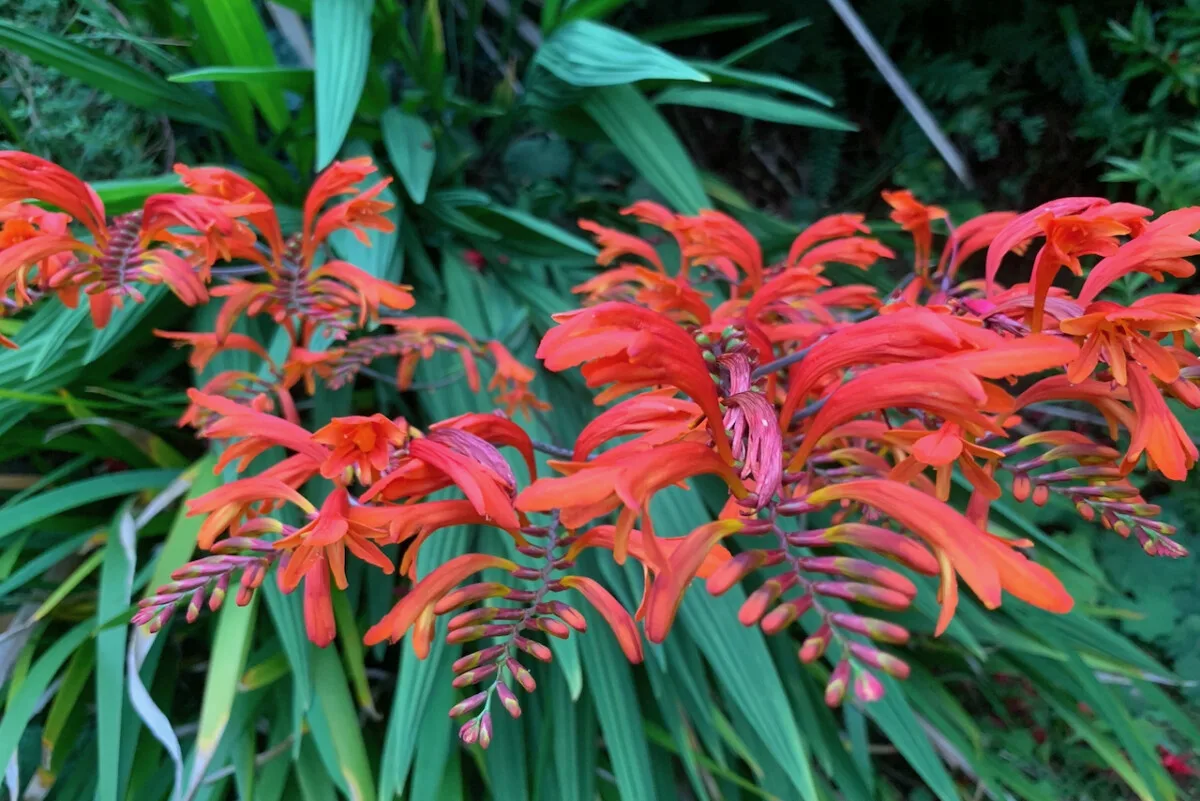
Crocosmia starts flowering in mid-summer; you’ll notice how elegantly thin the little blooms are. So a good strategy for getting a better visual impact is to plant the corms in groups. They love being in full sun (where they’ll bloom profusely), but they’ll also do well in part shade.
I usually try to strike a balance between grouping and not overcrowding them. Crocosmia perennializes well in zones 5 to 9, forming thick clumps. If they get too crowded, you can dig them up and divide the clumps in the fall.
4. Anemone
I think anemones are such underrated flowers. I’m such a big fan, in fact, that I wrote the complete guide to growing gorgeous anemone.
The ones that grow from corms and bloom in early summer are the so-called windflower anemones or Grecian windflowers (Anemone blanda). This is a compact, low-growing variety that has very little in common with the Japanese anemones that grace our fall gardens.
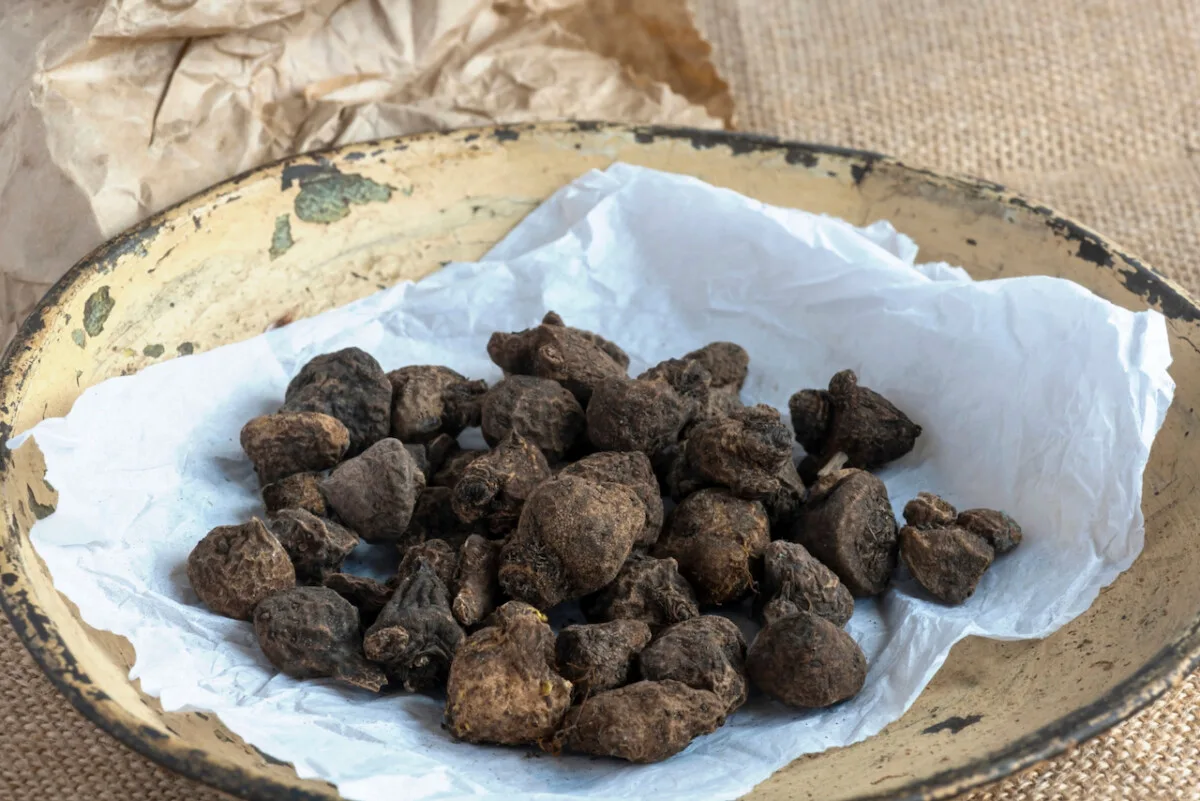
The leaves of this anemone look like a fern’s, and they’ll form a mat-like ground cover. But it’s the flowers that are the main attraction, colorful mid-sized daisies in shades of deep red, purple, white or cream. The flowers themselves respond to the circadian rhythm, closing at night and opening up again in the morning. It’s a beautiful sight when you plant anemones in groups.
If you’re planting anemone for the first time, I advise you to do it in March, especially in zones 3 through 7. This will give the corms plenty of time to bloom by mid-June.
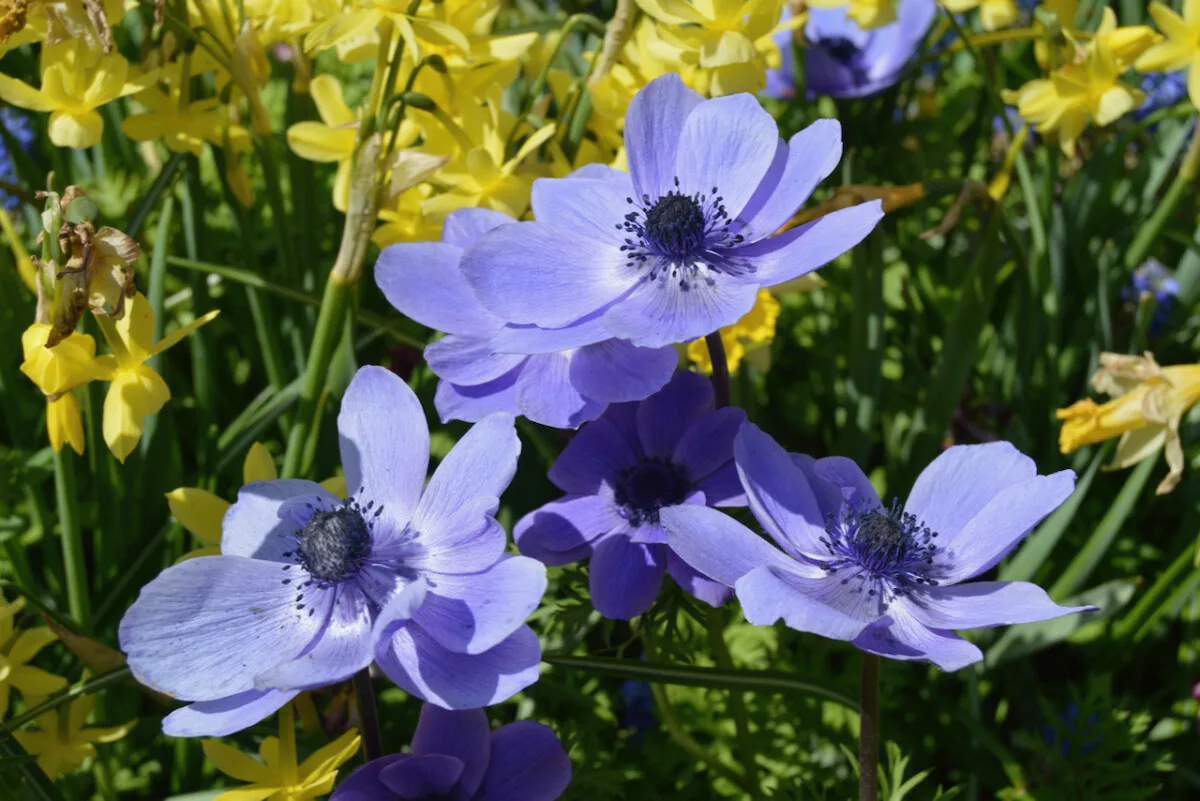
Before you put the corms in the ground, you’ll have to soak them for a few hours in room-temperature water. Anemone corms tend to get very dry in storage, so the soaking serves to jumpstart the germination process. In a couple of hours, you’ve just brought the blooming time a couple of weeks closer.
Once anemone corms get established, they’ll retreat deeper underground, so you don’t have to keep digging them out in the fall (unless you’re in a cold northern climate with deep freezing). A layer of mulch will generally be sufficient to keep them alive until the following year.
5. Canna lilies
I was mentioning in my article on how to plant cannas how I think these are the quintessential tropical addition to the garden. A lot of our garden plants come from tropical climates, but cannas really look the part. From the large, glossy leaves to the bright, intricate flowers.
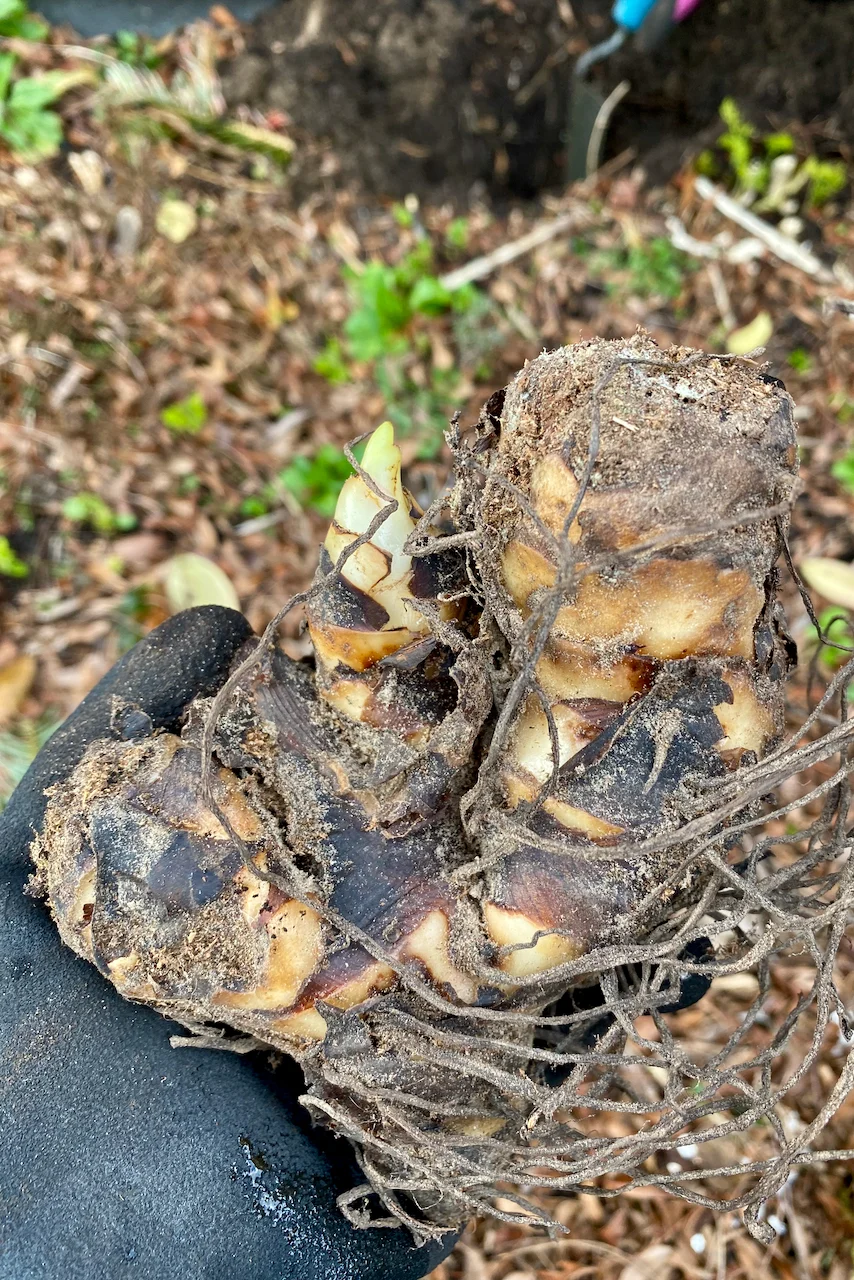
Usually, I first plant my canna rhizomes in pots in March to get a head start on the season; that’s about six weeks before I plan on transplanting them outdoors. But if you live in zones 7 and warmer, you can start them straight in the garden when the danger of hard frost has passed in your area.
In order to maximize blooming, you have to make sure your cannas get two things in abundance: plenty of sun and plenty of water.
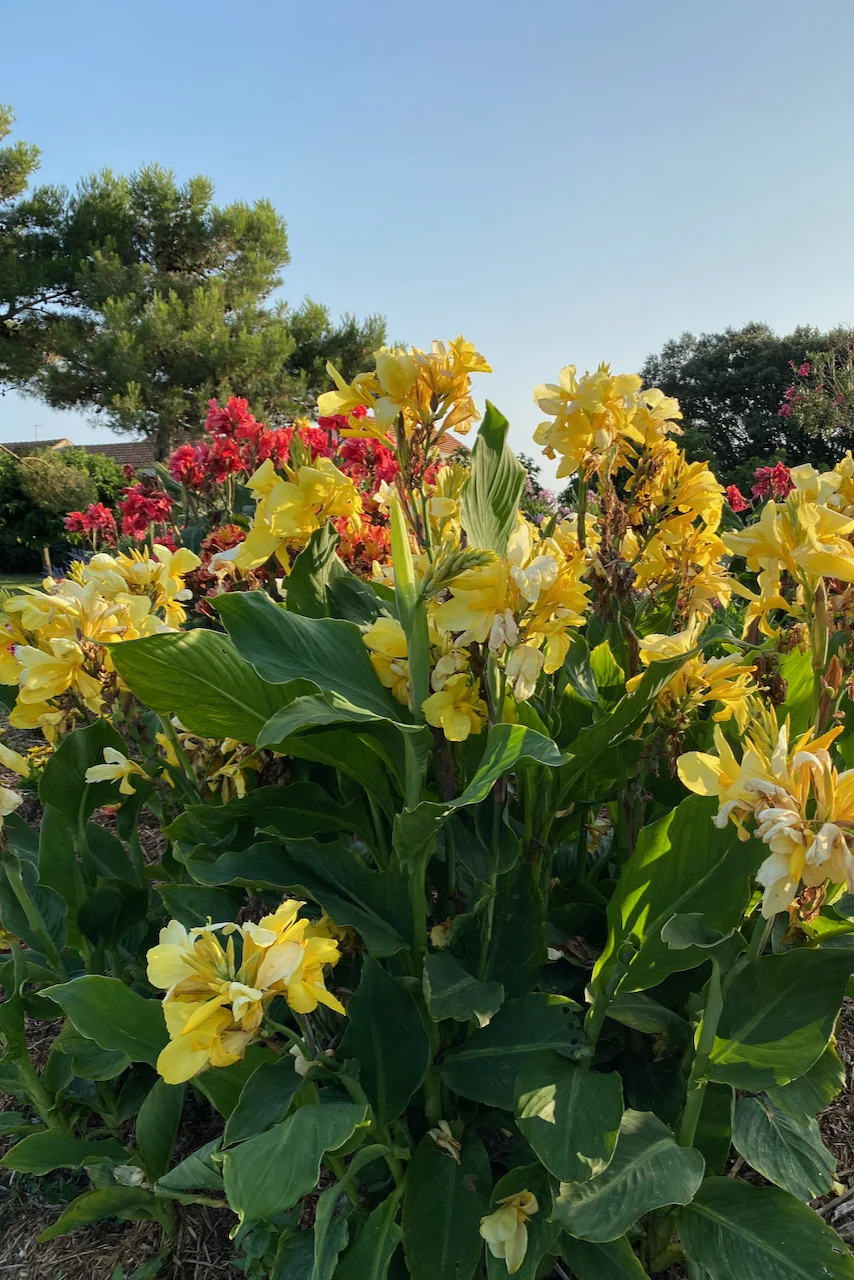
When I first planted cannas, I ran out of space, so I had to place some in part shade. The cannas that got at least five hours of full sun a day flowered abundantly until early October. The ones that were in part shade got a lot of luscious leaves, but very few flowers.
As for the ‘plenty of water’ part, you’ll need to keep the soil damp (but not swampy-damp) around the rhizomes to jumpstart the sprouting. Then ensure that your cannas have plenty of water, especially throughout dry summers.
6. Calla lilies
Just like canna lilies, calla lilies (also known as Zantedeschia) are not true lilies. But they get their nickname because they all bloom from rhizomes in early to midsummer. If you’ve ever been to a summer wedding, you probably saw calla lilies as part of the bouquet and floral arrangements.
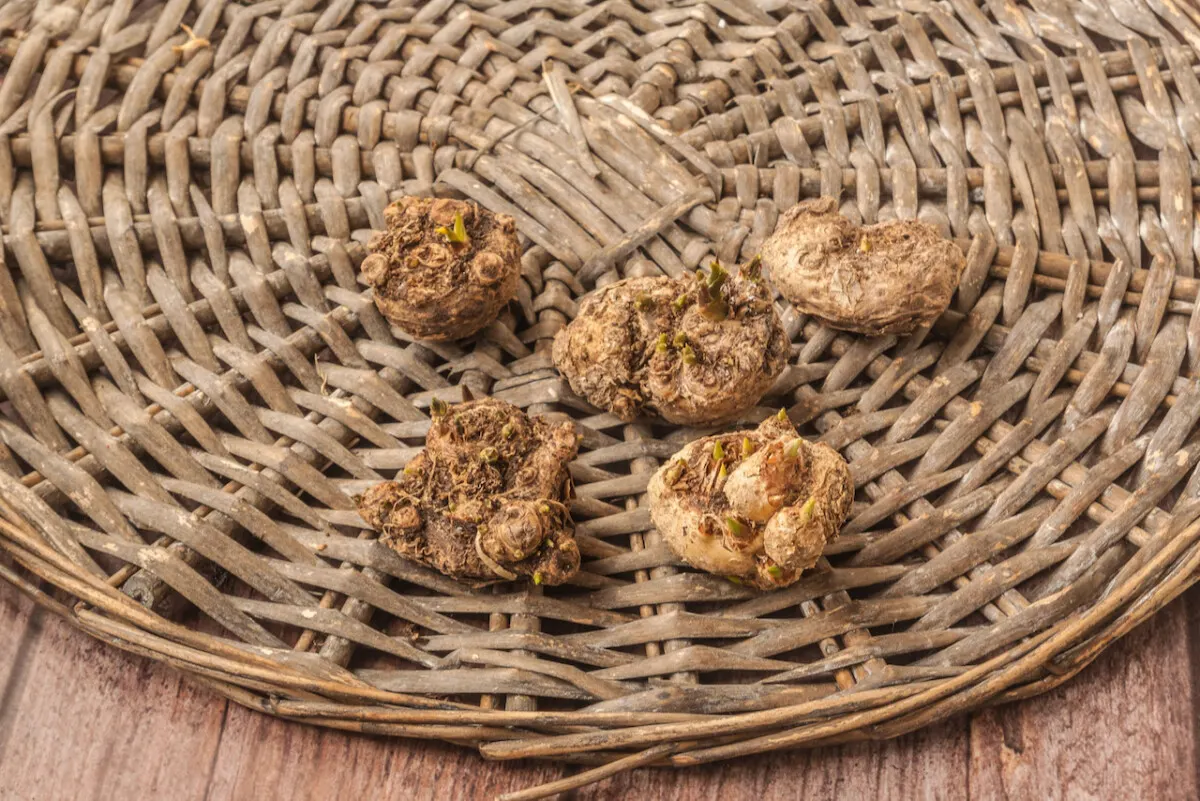
But it’s not just their statuesque shape that makes them popular summer blooms. It’s also the exquisitely warm colors – yellow, orange, red, lilac and burgundy – that brighten up flower beds and borders.
Callas prefer bright, indirect sun and well-draining soil. Even though they like the sun, they don’t fare well in extreme heat. Another trick with these rhizomes is to not bury them too deeply, especially if you’re planting them in late March or April. I like to plant the rhizomes in groups of 3 to 5 closer to the front of the border.
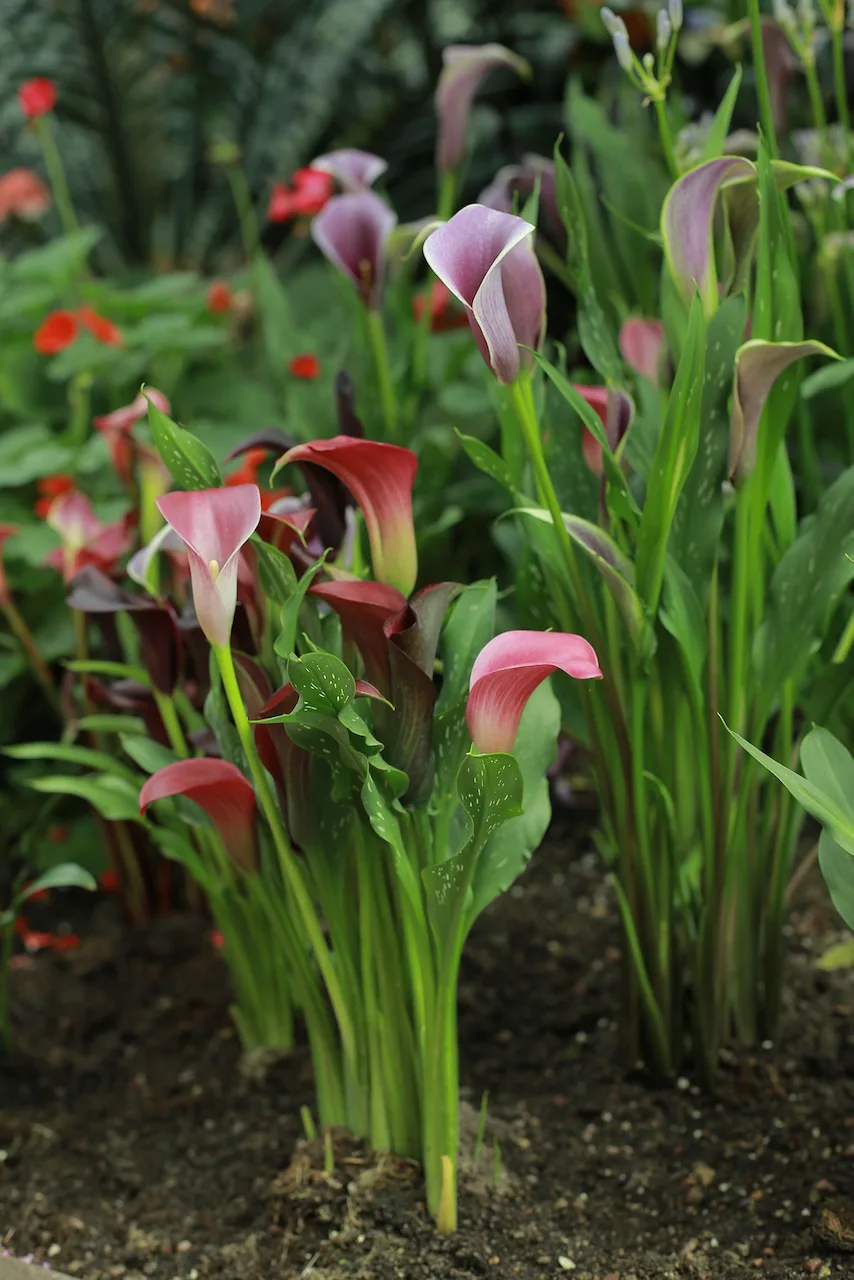
They may survive in the ground up to USDA zone 7 if you mulch them in the fall. But if you want to make sure you have plenty of bulbs for next year, it’s best if you dig them out before the first frost and store them in a dark, frost-free place.
7. Ranunculus
Ranunculus corms are just about the cutest bulbs you’ll ever see. Like most small corms that tend to get quite dry in storage, they’ll need soaking. Soak them in room-temperature water for a couple of hours right before you put them in the ground. They will plump up a bit as they absorb the water.
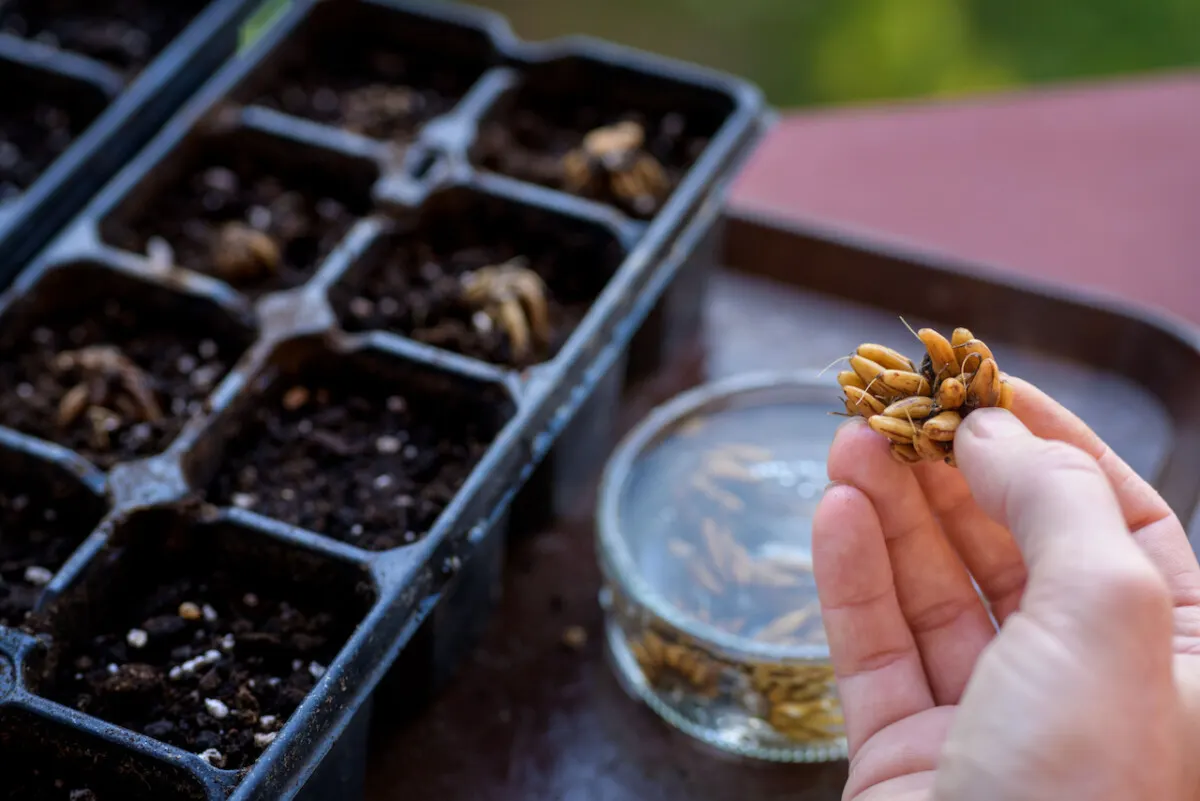
When you plant ranunculus, make sure to plant them with their “fingers” facing down. You should try to plant them in a spot that gets full sun. Firstly, it will help with bloom production. And secondly, ranunculus foliage tends to be susceptible to fungal infection. So a place where the leaves can dry up quickly after the rain is best.
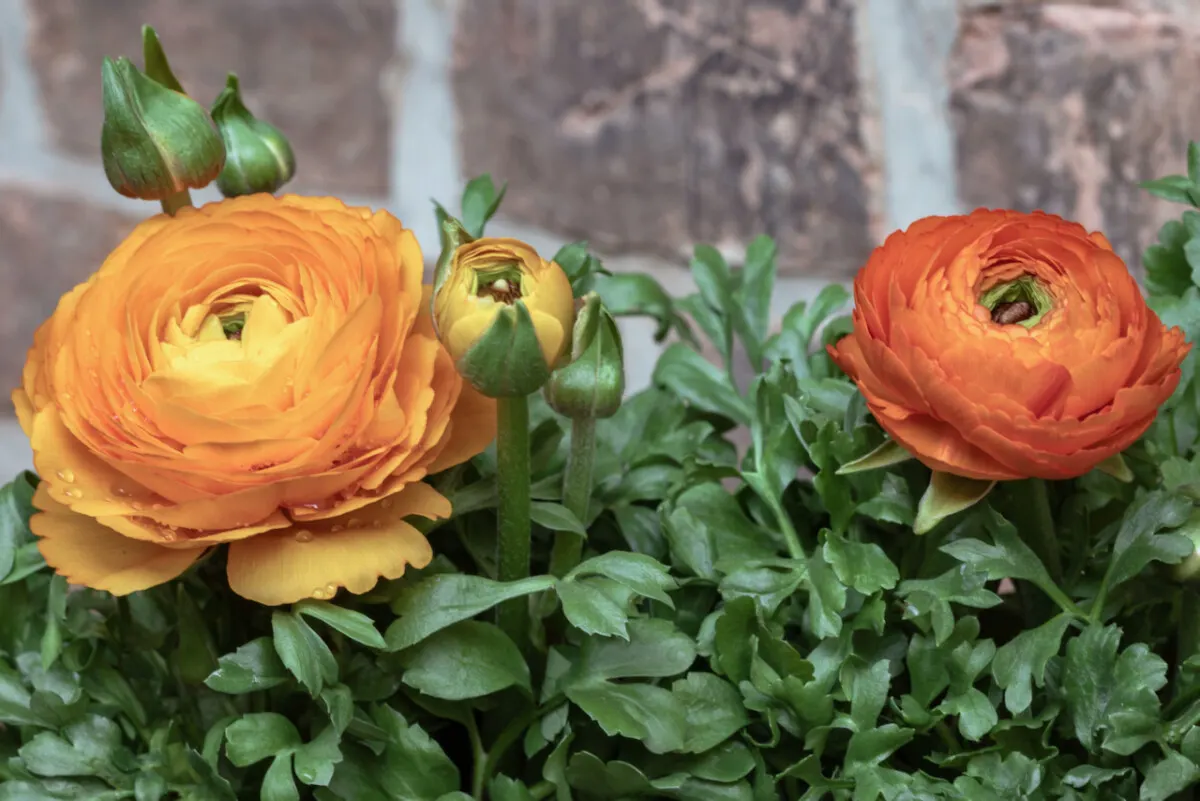
Persian buttercups, another nickname for these delicate plants, take quite a long time to go from bulb to bloom. Roughly three to four months. But they make up for it in really long vase life – a cut ranunculus can live up to two weeks in a vase with nothing but water.
If you’re gardening in Zone 7 or colder, you should lift ranunculus corms out of the ground before the first frost. Even though they are resistant to cold temperatures, the freezing-thawing cycle is what causes them to rot.
8. Peruvian lilies (Alstroemeria)
I first fell in love with Peruvian lilies as soon as I saw them surrounded by a lace of baby’s breath in a wedding bouquet. These South American natives grow from tubers that are best planted in March. They’re called lilies but they are, you guessed it, not true lilies from the Liliaceae family.
You can start them in containers and transplant them in the garden once the risk of frost has passed. The good news is that Peruvian lilies will grow as perennials in zones 7 and warmer, especially if you mulch them thoroughly in the fall.
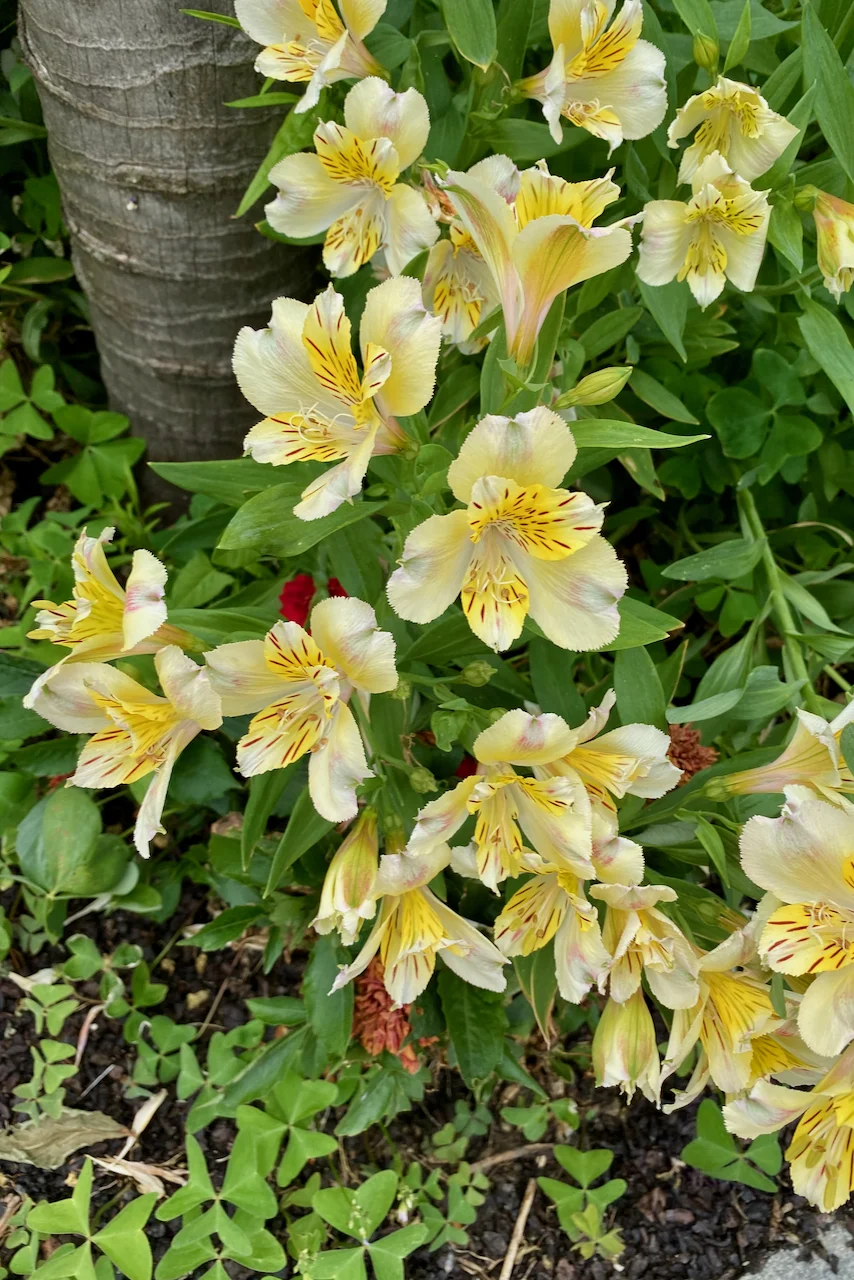
Peruvian lilies love the sun, as long as they don’t get excessive heat. So as a precaution, I would plant them in a spot that gets a combination of morning sun and filtered afternoon sun.
They come in many shades of red, orange, yellow, green, purple, pink, and white, flecked and striped and streaked with darker colors. There are about 190 cultivars to choose from, which means they come in a lot of patterns, markings and color combinations, including lavender, vanilla and green flowers. There are cultivars that bloom in early summer, midsummer or late summer. If you time it right, you could have Peruvian lilies in bloom for months.

Get the famous Rural Sprout newsletter delivered to your inbox.
Including Sunday ramblings from our editor, Tracey, as well as “What’s Up Wednesday” our roundup of what’s in season and new article updates and alerts.


